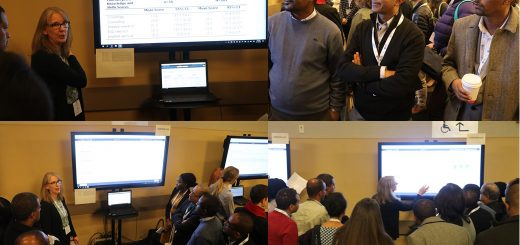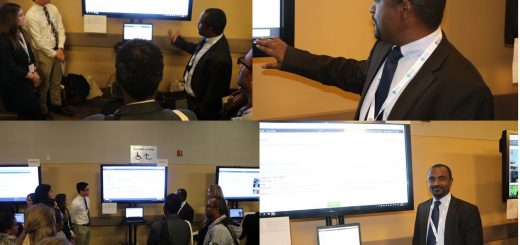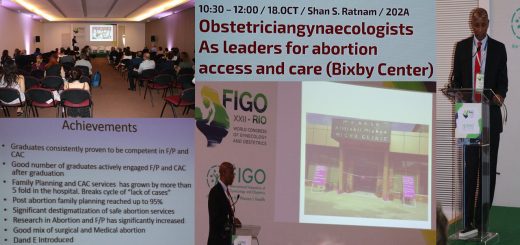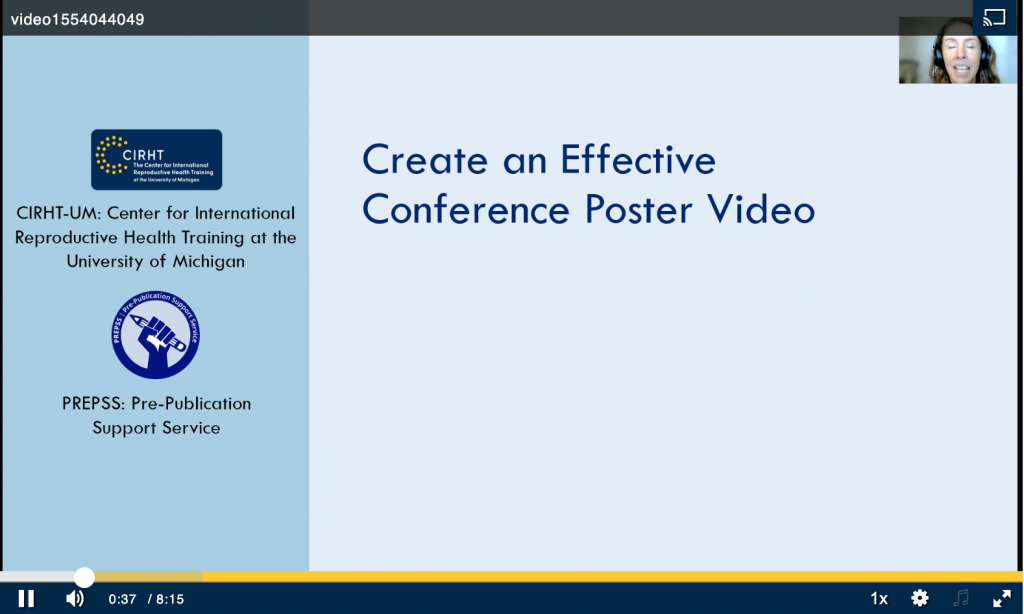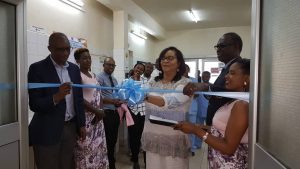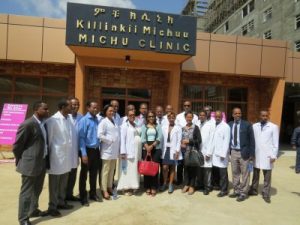Assessing Practice of Undergraduate Midwifery Pre-Service Education, Clinical Practice and Research in Higher Teaching Institutions of Ethiopia
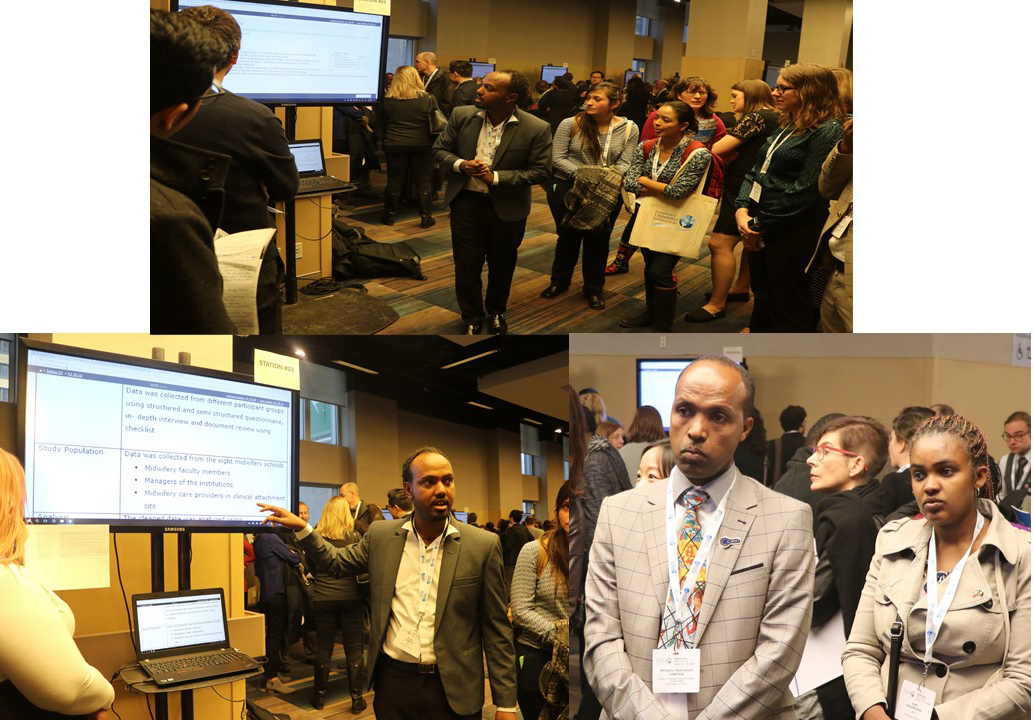
D. Assefa1, A. Hailemeskel2
1CIRHT, Midwifery, Addis Ababa, AA/ET, 2CIRHT, Midwifery , Addis Ababa/ET
Program/Project Purpose
To assess the capacity, preparedness and challenges of higher teaching institute midwifery schools in Ethiopia, regarding reproductive health training, research and clinical service, in order to prioritize programmatic support and establish benchmark for future evaluation
Structure/Method/Design
The study was conducted in 8 universities that have midwifery school/department using institution based descriptive cross-sectional study. The data was collected using quantitative method, supplemented with qualitative data. The analysis was performed using SPSS version 22 and STATA 12 statistical packages. Qualitative data was analyzed using Nvivo 11 software.
Outcome Evaluation
Standardized teaching- learning, practice and associated facilities are among the multiple core competency variables that determine quality and success in health science training mission. But this study showed non uniform layout/design of infrastructure for training, particularly on facilities like skill lab, teaching hospitals/practice site, classrooms and meeting halls. The average ratio of midwifery instructors to students is around 1: 22 during the study. The finding shows classrooms, meeting halls and libraries are available with average student chair ratio of 5.5:1, 1:0.85, 2.2:1 respectively. Absence of program harmonization, integration and RH related capacity building programs were taken as a major factor for weak alignment of RH training and education programs across the country. Regarding the research practice, least attention is given and resources are allocated for reproductive health related research and publication activities.
Going Forward
- Harmonization and dissemination of curriculum
- Establish skills lab and strengthen utilization both at teaching hospitals and school campuses
- Mobilize research funds, create/facilitate local and international research opportunities and experience sharing events among horizontal schools and colleges
- Establishing links with online research journal servers and scientific societies at local and international level to improve academic research culture and expand schools network
Source of funding
Supported by an anonymous donor through CIRHT at U-M.
Key Words: Health Systems, Women’s Health/Empowerment, Education

